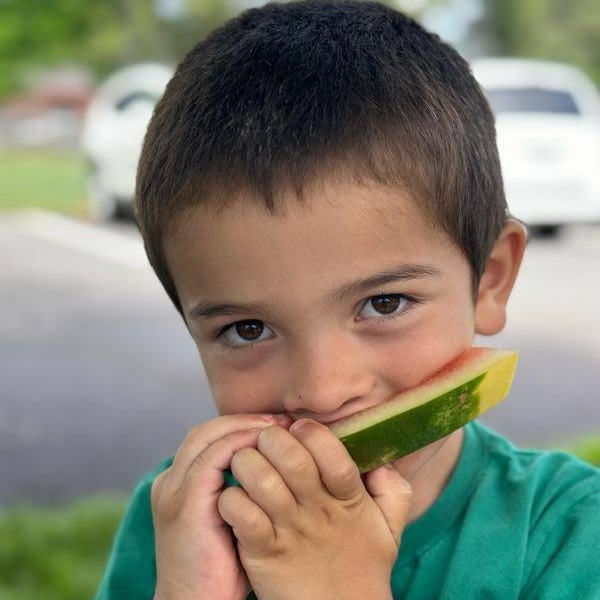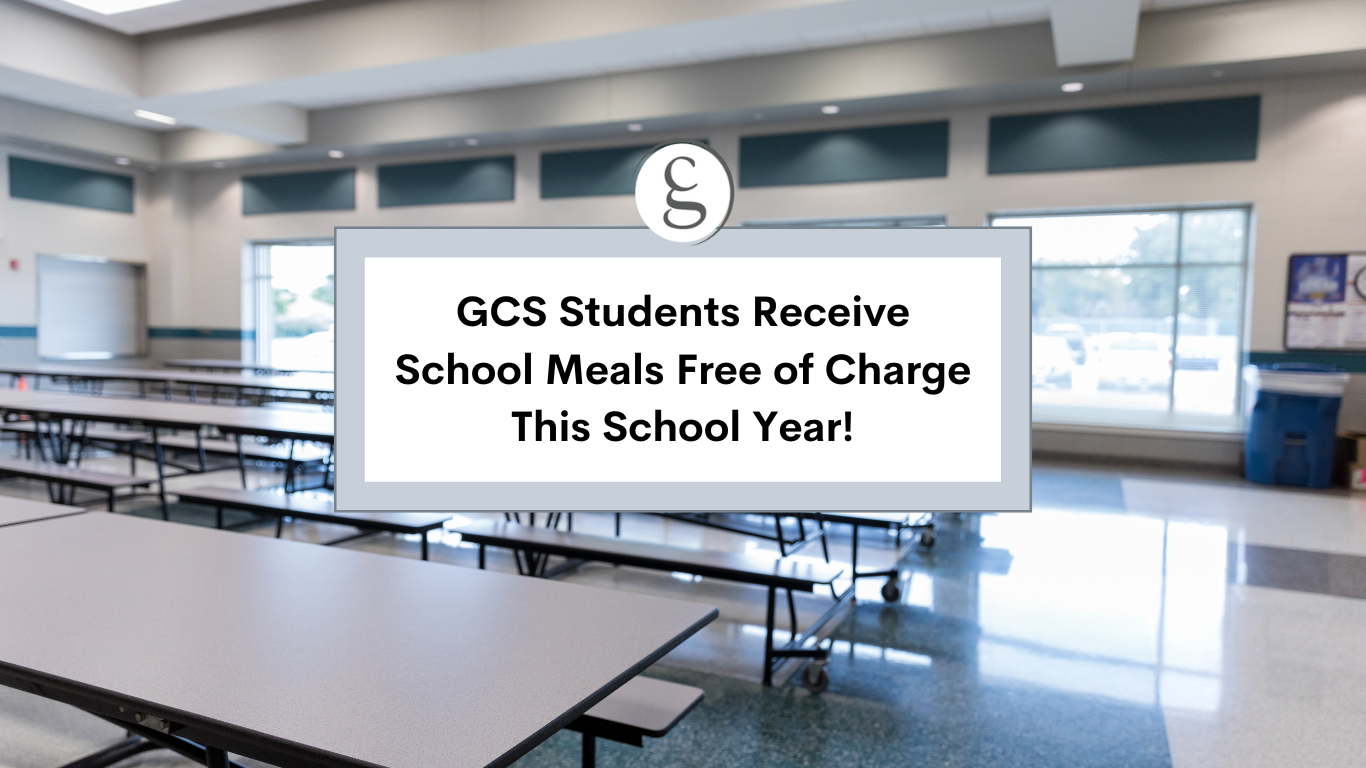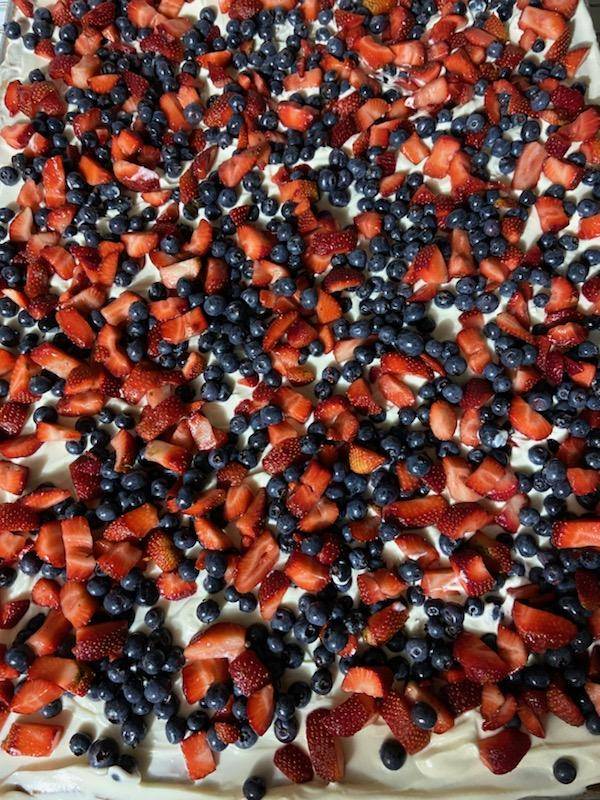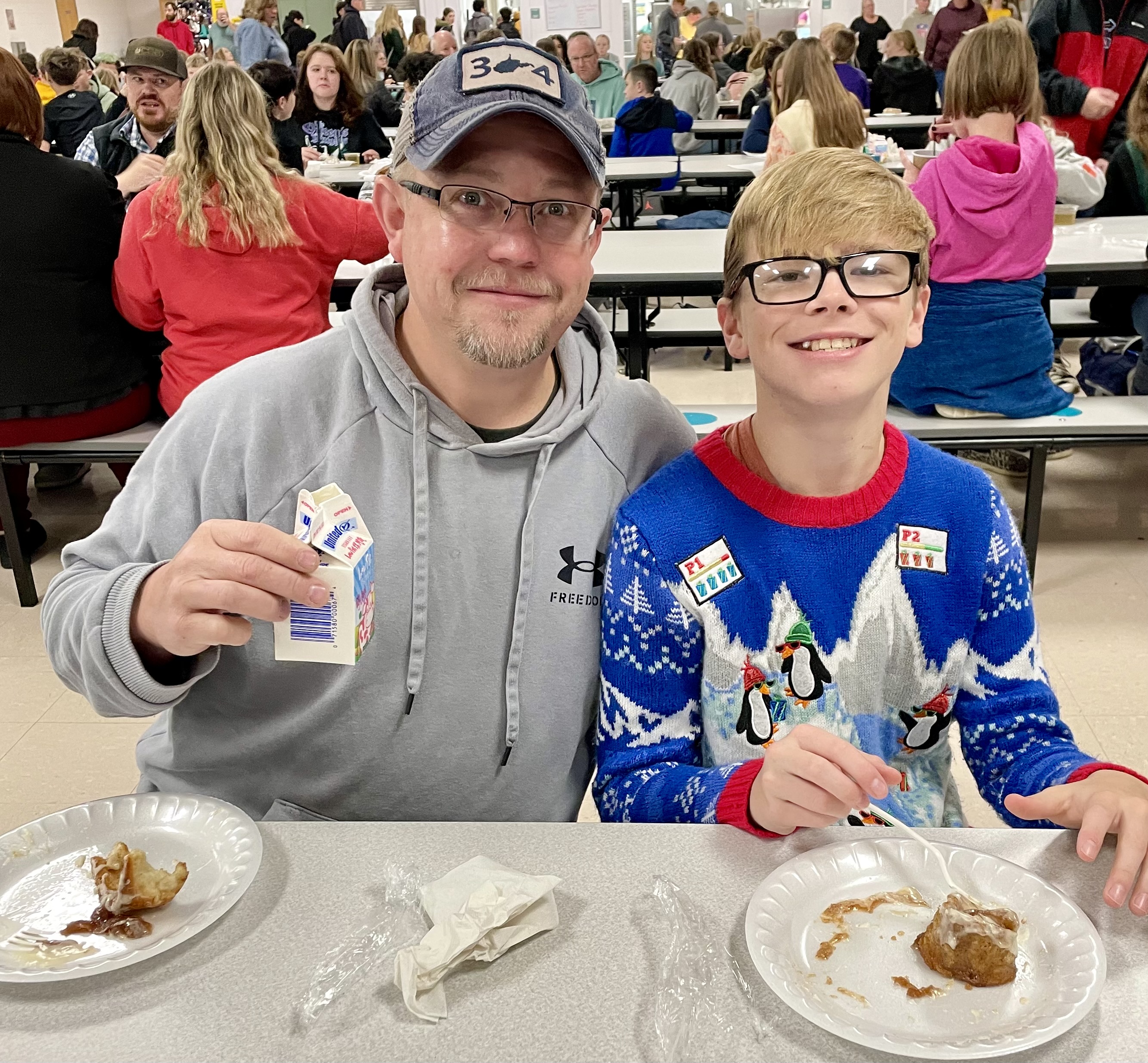Heather Lively
Child Nutrition Coordinator
Kasie Lovelace, Child Nutrition Secretary
391 Judyville Road
Lewisburg, WV 24901
Phone: 304-647-7121
Fax: 304-647-6476



Heather Lively
Child Nutrition Coordinator
Kasie Lovelace, Child Nutrition Secretary
391 Judyville Road
Lewisburg, WV 24901
Phone: 304-647-7121
Fax: 304-647-6476



Students in Greenbrier County will have the opportunity to eat a no-cost breakfast and lunch at school through the Community Eligibility Provision (CEP) program. The CEP was enacted as a result of the Healthy, Hunger-Free Kids Act and provides universal meal service to children in high-poverty areas. This is the fourth year for the option.
The CEP serves as an alternative to collecting, approving and verifying household eligibility applications for free- and reduced-price eligible students in high-poverty Local Education Agencies (LEAs). If at least 40 percent of a school’s student population is directly certified for free meal benefits, the entire school qualifies for the option.
“I am proud that Greenbrier County Schools will participate in the CEP program again this school year to help meet a crucial need for many students in our county,” said, Jeff Bryant, Superintendent of Greenbrier County Schools. “We know academic achievement increases when our students are well-fed and ready to learn, and we must provide secure and reliable access to nutritious meals, so all students have a chance to achieve at the highest level possible.”
All thirteen schools in Greenbrier County will participate in the Community Eligibility Provision, allowing the school system to feed 3500 students each day. The 2017 Feeding America: Map the Meal Gap data reports high levels of food insecurity and hunger across the country. In West Virginia, more than fourteen percent of residents and over 79,000 children live in food-insecure households.
For more information, contact Heather Lively, Greenbrier County Child Nutrition Coordinator, at hdlively@k12.wv.us or 304-647-7121.




Nondiscrimination Statement:
In accordance with federal civil rights law and U.S. Department of Agriculture (USDA) civil rights regulations and policies, this institution is prohibited from discriminating on the basis of race, color, national origin, sex (including gender identity and sexual orientation), disability, age, or reprisal or retaliation for prior civil rights activity.
Program information may be made available in languages other than English. Persons with disabilities who require alternative means of communication to obtain program information (e.g., Braille, large print, audiotape, American Sign Language), should contact the responsible state or local agency that administers the program or USDA’s TARGET Center at (202) 720-2600 (voice and TTY) or contact USDA through the Federal Relay Service at (800) 877-8339.
To file a program discrimination complaint, a Complainant should complete Form AD-3027, USDA Program Discrimination Complaint Form, which can be obtained online at: https://www.usda.gov/sites/default/files/documents/USDA-OASCR%20P-Complaint-Form-0508- 0002-508-11-28-17Fax2Mail.pdf, from any USDA office, by calling (866) 632-9992, or by writing a letter addressed to USDA. The letter must contain the complainant’s name, address, telephone number, and a written description of the alleged discriminatory action in sufficient detail to inform the Assistant Secretary for Civil Rights (ASCR) about the nature and date of an alleged civil rights violation. The completed AD-3027 form or letter must be submitted to USDA by:
mail:
U.S. Department of Agriculture
Office of the Assistant Secretary for Civil Rights
1400 Independence Avenue, SW
Washington, D.C. 20250-9410; or
fax:
(833) 256-1665 or (202) 690-7442; or
email:
program.intake@usda.gov
This institution is an equal opportunity provider.